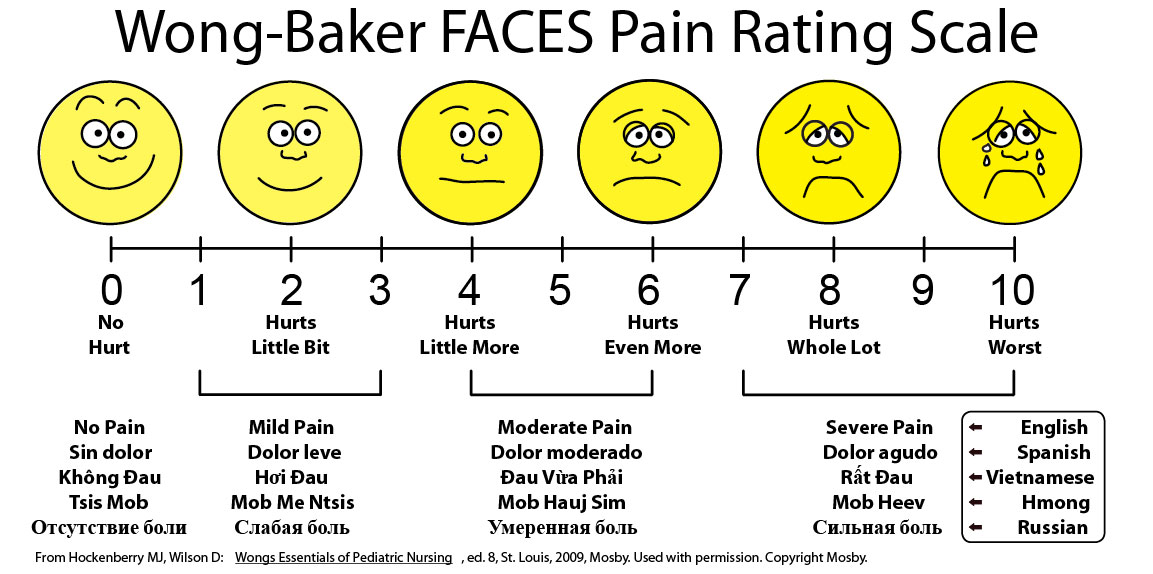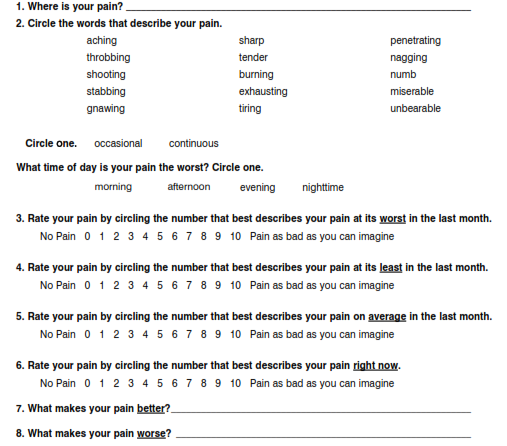Emergency Message
Welcome to Moov India Website! This website may store cookies.
Understand what can cause pain and how you can talk to your doctor about it.
Have you experienced twinges in the knee or back when you get up or sit down? Does your shoulder or neck hurt while waking up in the morning or going to bed at night? Are you experiencing back or neck pain while sitting for long hours at your office desk? Most of us have felt this kind of pain or ache in our muscles or joints at some point of time. This pain that affects the muscles, joints and bones is known as musculoskeletal pain.
Musculoskeletal pain could be the result of daily activities causing wear and tear of the muscles, bones and joints. These activities may include those that involve repetitive movements such as in sewing and playing musical instruments, and those that cause postural strain such as computer work. Jerks felt during road travel and incidents such as auto accidents, falls, fractures, sprains and dislocations may also be responsible for musculoskeletal pain. Inability to move for prolonged periods and injuries that occur while playing sports or while exercising may also cause musculoskeletal pain
You can help your doctor understand the cause of your pain and treat your pain by being a little observant. Note for how long you have been suffering from pain and where you feel the pain. Is your pain constant or does it come and go? Notice if the pain affects only one area of your body or more than one region. Are you usually in pain while at work or at rest?
Here are some words that you can use to describe your pain:
How can you know how severe your pain is? The fact is that only you know how bad the pain is. If you are suffering from pain for very long or from severe pain, the doctor may use a pain scale to get a better understanding of your pain. A simple pain scale may have scores ranging from 0 (pain free) to 10 (extreme pain). Describing ‘how’ and ‘how much’ your pain hurts will give your doctor a better picture about the condition causing your pain.
Below is one such pain scale (Wong-Baker FACES Pain Rating Scale) using which an individual experiencing pain can indicate their pain experience.

An example of a pain assessment guide that can be used.
